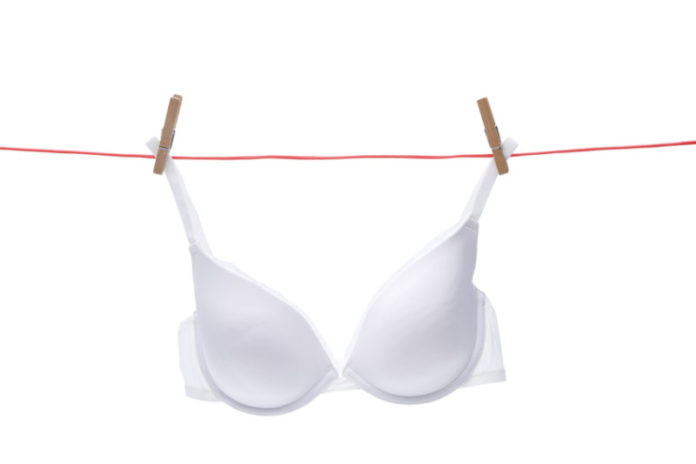
A population-based case-control study found no association between bra wearing and increased breast cancer risk among postmenopausal women, according to research published in Cancer Epidemiology, Biomarkers & Prevention, a journal of the American Association for Cancer Research.
“There have been some concerns that one of the reasons why breast cancer may be more common in developed countries compared with developing countries is differences in bra-wearing patterns,” said Lu Chen, MPH, a researcher in the Public Health Sciences Division at Fred Hutchinson Cancer Research Center and a doctoral student in the Department of Epidemiology at the University of Washington School of Public Health. “Given how common bra wearing is, we thought this was an important question to address.
“Our study found no evidence that wearing a bra increases a woman’s risk for breast cancer. The risk was similar no matter how many hours per day women wore a bra, whether they wore a bra with an underwire, or at what age they first began wearing a bra,” said Chen.
“There has been some suggestion in the lay media that bra wearing may be a risk factor for breast cancer. Some have hypothesized that drainage of waste products in and around the breast may be hampered by bra wearing. Given very limited biological evidence supporting such a link between bra wearing and breast cancer risk, our results were not surprising,” Chen added.
According to the study authors, this study characterizes various bra-wearing habits in relation to breast cancer risk using a rigorous epidemiological study design. “The findings provide reassurance to women that wearing a bra does not appear to increase the risk for the most common histological types of postmenopausal breast cancer,” the authors noted.
Study participants were 454 women with invasive ductal carcinoma (IDC) and 590 women with invasive lobular carcinoma (ILC), the two most common subtypes of breast cancer, from the Seattle-Puget Sound metropolitan area; 469 women who did not have breast cancer served as controls. All women were postmenopausal, ages 55 to 74.
The researchers conducted in-person interviews and obtained information on demographics, family history, and reproductive history. They also asked a series of structured questions to assess lifetime patterns of bra wearing. Questions included age at which the study participant started wearing a bra, whether she wore a bra with an underwire, her bra cup size and band size, the number of hours per day and number of days per week she wore a bra, and if her bra-wearing patterns ever changed at different times in her life.
No aspect of wearing a bra was associated with an increased risk for either IDC or ILC.
Story Source:
The above story is based on materials provided by American Association for Cancer Research. Note: Materials may be edited for content and length.
Journal Reference:
- Lu Chen, Kathleen E. Malone, and Christopher I. Li. Bra Wearing Not Associated with Breast Cancer Risk: A Population-Based Case–Control Study. Cancer Epidemiology, Biomarkers & Prevention, September 2014 DOI: 10.1158/1055-9965.EPI-14-0414
